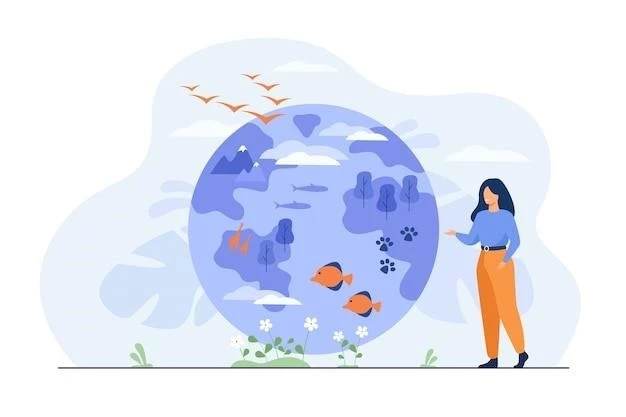The IUCN Red List of Threatened Species, commonly known as the IUCN Red List, is a globally recognized inventory that assesses the extinction risk of various biological species. It serves as a vital tool for conservation efforts, providing crucial information on the status of animal, fungus, and plant species worldwide.
The IUCN Red List Categories and Criteria
The IUCN Red List categorizes species into nine distinct categories based on their extinction risk, ranging from “Least Concern” to “Extinct.” Among these categories, “Critically Endangered” holds significant importance as it signifies a species facing an extremely high risk of extinction in the wild.
To classify a species as Critically Endangered, the IUCN Red List employs five quantitative criteria (A-E). These criteria evaluate factors such as population size, population decline, geographic range, habitat loss, and threats to the species’ survival.
The Critically Endangered category is further subdivided into three sub-categories:
- CR A: This category applies when a species has an extremely small population size or a very restricted geographic range.
- CR B: This category is used for species experiencing a rapid decline in population size due to various factors like habitat loss, overexploitation, or disease.
- CR C: This category applies when a species has a small population size, a restricted geographic range, and is facing ongoing threats.

The Importance of Critically Endangered Species
Critically Endangered species play a crucial role in maintaining the ecological balance of ecosystems. Their decline can have cascading effects on other species, impacting food chains, pollination, and overall biodiversity. Conservation efforts focused on these species are essential for safeguarding the health and resilience of our planet’s ecosystems.
Conservation Strategies for Critically Endangered Species
Conservation strategies for Critically Endangered species often involve a multi-pronged approach, including:
- Habitat Protection and Restoration: Protecting and restoring critical habitats is fundamental to the survival of these species. This may involve establishing protected areas, managing habitat fragmentation, and restoring degraded ecosystems.
- Population Management: Measures to manage population size and structure, such as captive breeding programs, reintroduction efforts, and population monitoring, can be crucial for the recovery of endangered species.
- Addressing Threats: Addressing specific threats, such as overexploitation, habitat loss, pollution, and climate change, is essential for the long-term survival of Critically Endangered species.
- Public Awareness and Education: Raising public awareness about the plight of endangered species and promoting responsible practices can contribute to their conservation.

Conclusion
Understanding the status of Critically Endangered species and the factors that threaten their existence is vital for effective conservation action. By implementing comprehensive conservation strategies that address the underlying threats, we can play a vital role in preventing the extinction of these valuable species and ensuring the health and resilience of our planet’s biodiversity.










